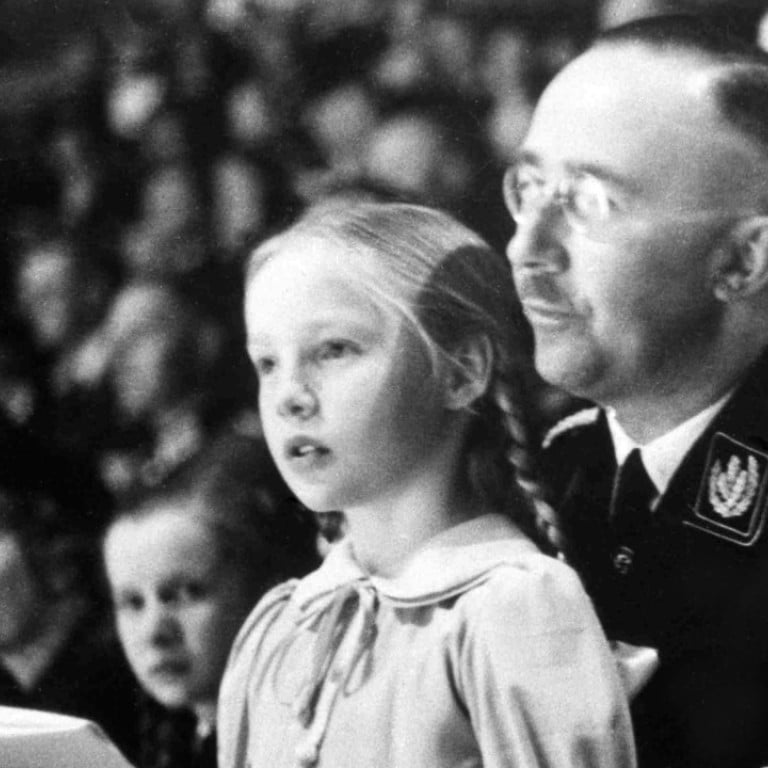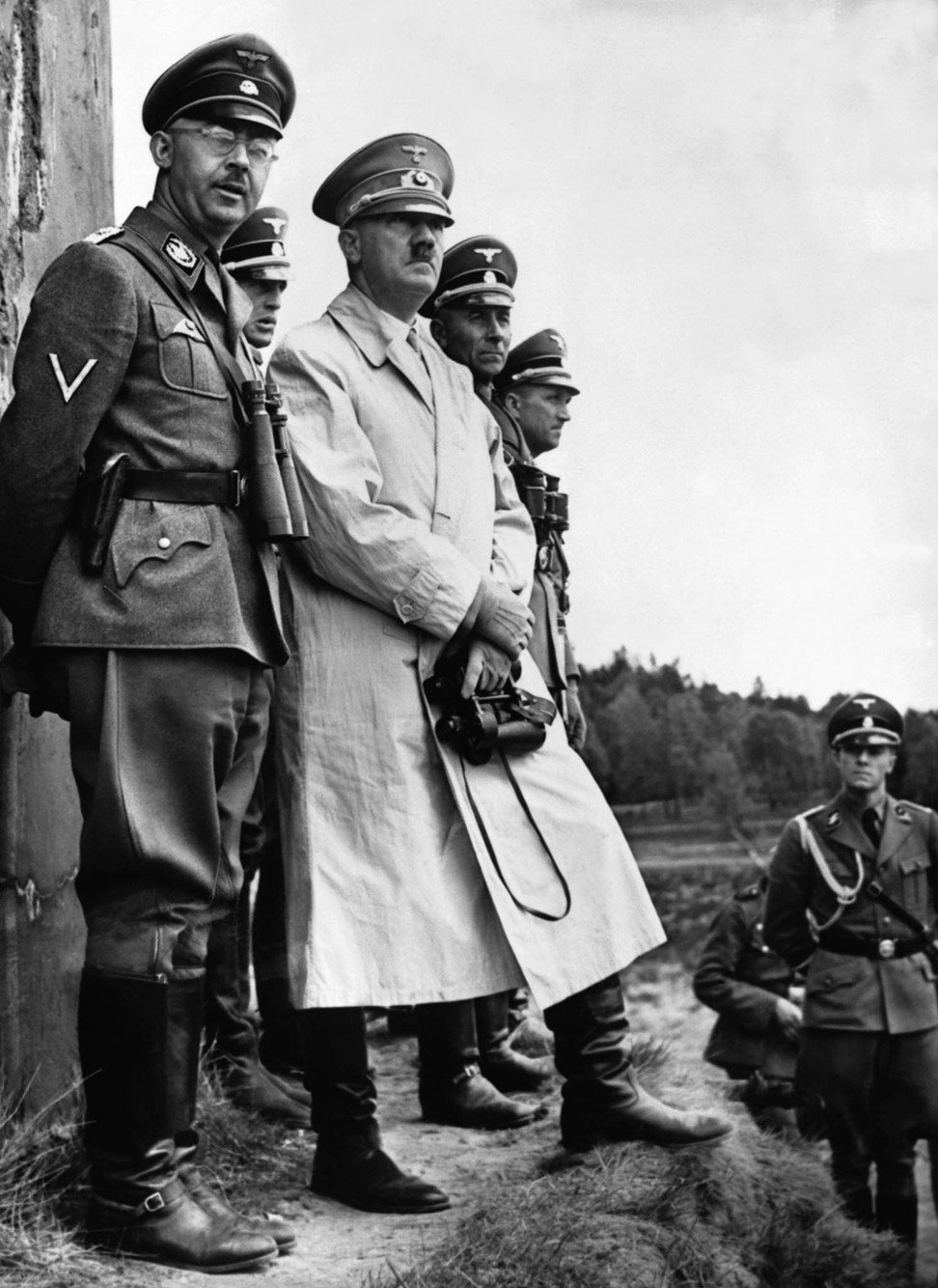
Gudrun Burwitz, loyal daughter of Holocaust mastermind Heinrich Himmler, dead at 88
Gudrun Burwitz never renounced her father or Nazism, and remained active in far-right extremism
Gudrun Burwitz, the true-believing daughter of Heinrich Himmler, the architect of the Holocaust and Nazi Germany’s highest-ranking official after Adolf Hitler, died May 24 in or near Munich. She was 88.
Her death was first reported by the German newspaper Bild, which also confirmed that Burwitz had worked for two years in West Germany’s foreign intelligence agency.
The agency’s chief historian, Bodo Hechelhammer, told the newspaper that Burwitz worked as a secretary under an assumed name in the early 1960s. The agency does not comment on current or past employees until they have died.
Burwitz, who was sometimes called a “Nazi princess” by supporters and detractors alike, remained unrepentant and loyal to her father to the end.
Although she had visited a concentration camp, she denied the existence of the Holocaust and, in later years, helped provide money and comfort to former Nazis convicted or suspected of war crimes.
At the time of her birth in 1929, her father was consolidating power as leader of the elite Nazi paramilitary corps known as the SS.
Himmler also commanded the German secret police, the Gestapo, and established the system of prison and concentration camps in which more than 6 million people – primarily Jews but also Roma (or Gypsies), homosexuals and others – would perish.
The only person who outranked Himmler in the Nazi hierarchy was Hitler himself.
Gudrun, who was Himmler’s oldest child and only legitimate daughter, was exceptionally devoted to her father.

Himmler and his wife later adopted a son, and had two other children with his mistress.
Throughout the 1930s and early 1940s, the bespectacled, undistinguished-looking Himmler enjoyed having Gudrun at his side, as a blond, blue-eyed symbol of Aryan youth.
In a diary later seized by Allied authorities, she noted that she liked to see her reflection in her father’s polished boots. She attended Christmas parties with Hitler, who gave her dolls and chocolates.
When she was 12, Gudrun accompanied her father to the Dachau concentration camp, which was the site of Nazi medical experiments and the execution of tens of thousands of people.
As the Third Reich was collapsing in May 1945, 15-year-old Gudrun and her mother fled to northern Italy, where they were arrested by American troops.
Himmler was seized by Russian forces on May 20, 1945, and transferred to British custody. Three days later, he killed himself by biting on a cyanide capsule he had concealed.
Gudrun and her mother were held for four years in various detention facilities in Italy, France and Germany.

She refused to believe that her father’s death was a suicide and maintained that he had been killed by his British captors.
She was present at some of the war-crimes trials of her father’s associates in Nuremberg, Germany.
“She did not weep, but went on hunger strikes,” Norbert and Stephan Lebert wrote in My Father’s Keeper, their 2002 book about the children of Nazi leaders.
“She lost weight, fell sick, and stopped developing.”
After their release, mother and daughter settled in the northern German town of Bielefeld, where Gudrun trained as a dressmaker and bookbinder. She found it hard to hold a steady job with her family history.
In 1961, she joined the German intelligence service as a secretary under an assumed name at the agency’s headquarters near Munich. She was dismissed in 1963, when West German authorities were reviewing the presence of former Nazis in the government.
In the late 1960s, she married Wulf-Dieter Burwitz, a writer who became an official in a right-wing political group, and settled in a Munich suburb. They had two children.
Burwitz attended underground reunions of Nazi SS officers, often held in Austria, possibly as recently as 2014.
“She was surrounded all the time by dozens of high-ranking former SS men,” said Andrea Roepke, a German authority on neo-Nazis, after attending one such gathering.
“They were hanging on her every word … It was all rather menacing.”

